Balance exercises for seniors with mobility issues might sound like a more exciting activity, but they can be a game-changer for maintaining independence and overall well-being. As we age, our bodies naturally change, and sometimes, those changes can make it trickier to stay steady on our feet.
Here’s the good news: consistent balance exercises can significantly improve your stability and coordination, reducing the risk of falls and keeping you active and engaged in the things you love. Let’s delve into why balance exercises are so important for seniors, explore some easy-to-do exercises you can try at home, and discover how to tailor them to your needs.
Balance Exercises for Seniors with Mobility Issues: Stay Strong, Stay Independent
As we age, maintaining balance can become a bit of a struggle. It’s not something people often consider until a close call or, worse, a fall happens. What’s going on here? It’s about your body’s balance system, which tends to deteriorate as you get older. This includes changes in your muscles, joints, and nervous system, all of which can compound mobility issues and increase the risk of falls. Falls among seniors are not to be taken lightly; they’re a leading cause of injury-related visits to the emergency room.
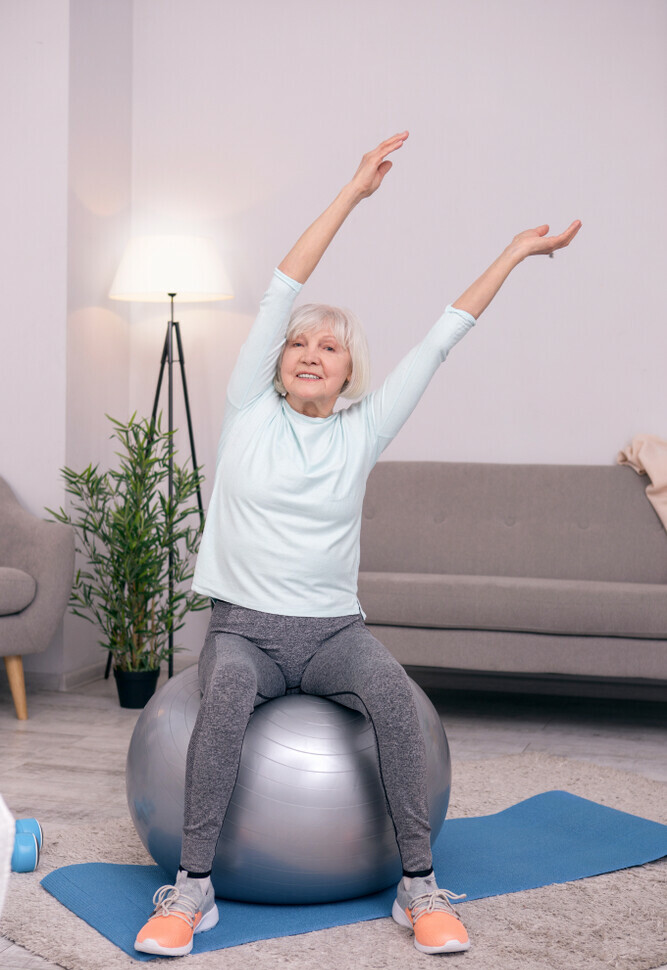
But it’s not all doom and gloom. There’s a silver lining, and it’s wrapped around the substantial benefits that balance exercises can offer to seniors with mobility issues. Not only can these activities help prevent injuries, but they’re also pivotal in enhancing quality of life and boosting overall health. A strong sense of balance empowers you, makes you feel more confident in your movements, and helps you live more independently.
You might be thinking, ‘Okay, but how exactly does balance training help?’ I’m glad you asked. Balance training focuses on strengthening the muscles that keep you upright, including your legs and core. Even more, it sharpens the sensory systems that control your body’s stability. That’s not just about preventing falls; it’s about making everyday activities smoother and safer.
Simple daily tasks like walking to the mailbox or navigating a set of stairs require a certain level of balance. So when we invest in balance exercises, we’re not just talking about avoiding injuries. We’re talking about being able to confidently visit a loved one, enjoy a walk in the park, or simply fetch a glass of water without fear of losing balance.
Now that you understand the crucial role balance plays for seniors with mobility issues, I’m here to help you start safely. The next section is going to detail how to prepare for balance exercises, with a big focus on safety first. Because while these exercises are powerful, they’re most effective when done correctly and with the proper precautions in place.
Key Takeaways
- Balance exercises are crucial for seniors with mobility issues. They help prevent falls, improve coordination, and enhance overall well-being.
- Simple exercises like seated leg raises, upper body twists, heel-to-toe stands, chair squats, and wall push-ups can be done at home to improve balance.
- Balance exercises can be adapted for different mobility levels. It’s important to listen to your body and gradually increase difficulty.
Starting with Safety: Preparing Seniors for Balance Exercises
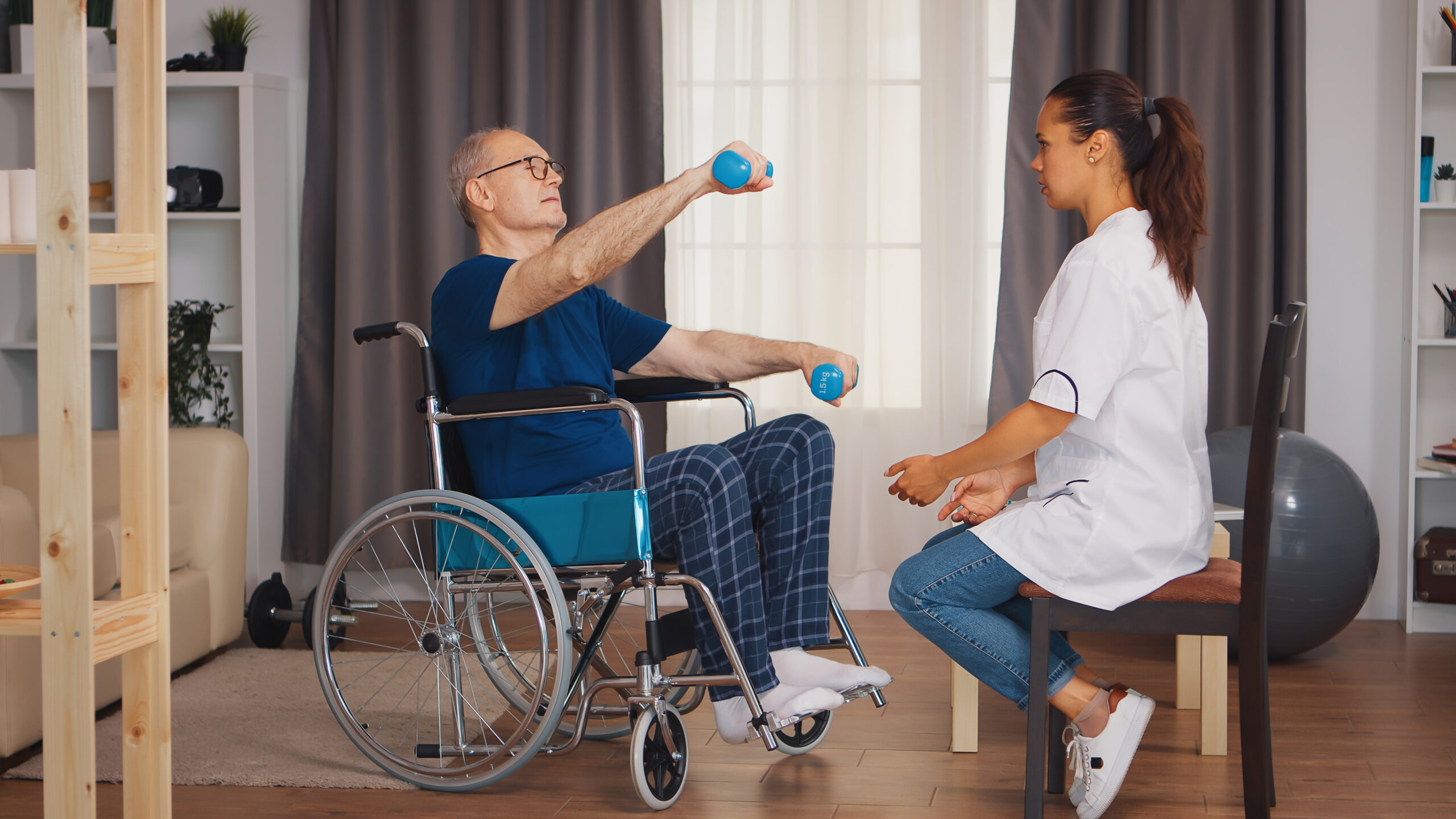
Getting Started: Safety and Preparation
I’m here to help you with the nitty-gritty details of kick-starting a balance exercise routine for seniors grappling with mobility issues. Safety takes center stage here because the last thing we want is for exercise to lead to injury.
You’re going to find out about the pivotal first step: getting the green light from health professionals like a doctor or physical therapist. They can tailor the recommendations to the unique health profiles of older adults and ensure that the subsequent fitness journey is a safe one.
If you want to transform a living space into a fitness-friendly area, focus on keeping it free from hazards. This means securing loose rugs, creating enough space to move freely, and ensuring good lighting. Think of it as setting the stage for success.
Don’t worry too much about needing fancy equipment. Sometimes, a sturdy chair or a walker could serve as reliable buddies to provide extra support during these balance-boosting endeavors.
Stay hydrated and keep nutritious snacks on hand. Because let’s face it, a well-fueled body is crucial for seniors, especially when they’re pushing themselves to stay active and agile. Point being, nutrition and hydration are essential allies in the quest for balance.
Balance Exercises for Seniors
And now, with safety strategies locked down, let’s look at the balance exercises tailored for seniors. The next section showcases five simple yet mighty movements that will form the backbone of their balance-training crusade.
Did You Know?
Our sense of balance is linked to the same part of the inner ear that helps us hear! This area, called the vestibular system, uses tiny fluid-filled canals to detect head movement and body position. Balance exercises can actually help stimulate this system, keeping it sharp and improving your stability. So next time you practice your balance, you’re giving your ears a workout too!
Seated Leg Raises and Extensions
First up: seated leg raises and extensions. These are fantastic for engaging those thigh and calf muscles that are integral to stable standing and walking. Sit comfortably with your feet flat on the ground, slowly lift one leg at a time, hold it in the air for a few seconds, and lower it back down. That’s going to include repetition to build strength gradually.
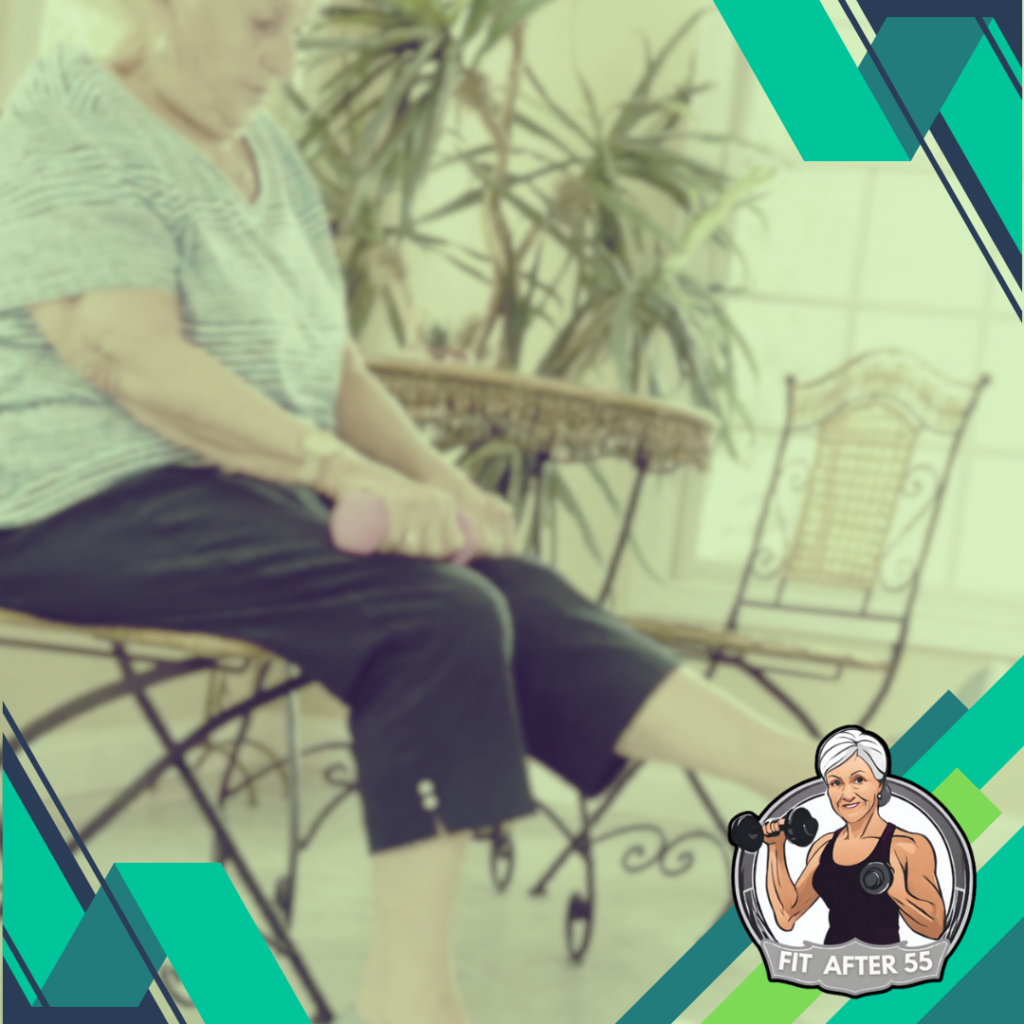
Upper Body Twists
Now, let’s talk about upper body twists. These can help strengthen your core, which is your body’s center of gravity and plays a pivotal role in balance. Sitting or standing, simply twist your upper body from side to side, as far as is comfortable, while keeping your hips stable.

Heel-to-Toe Stands
Next, we have heel-to-toe stands. Stand behind a chair and place one foot directly in front of the other, as if you’re walking a tightrope. Hold onto the chair for support and stand tall for a few seconds, then switch feet. This isn’t just about challenging your balance; it’s also about improving coordination.
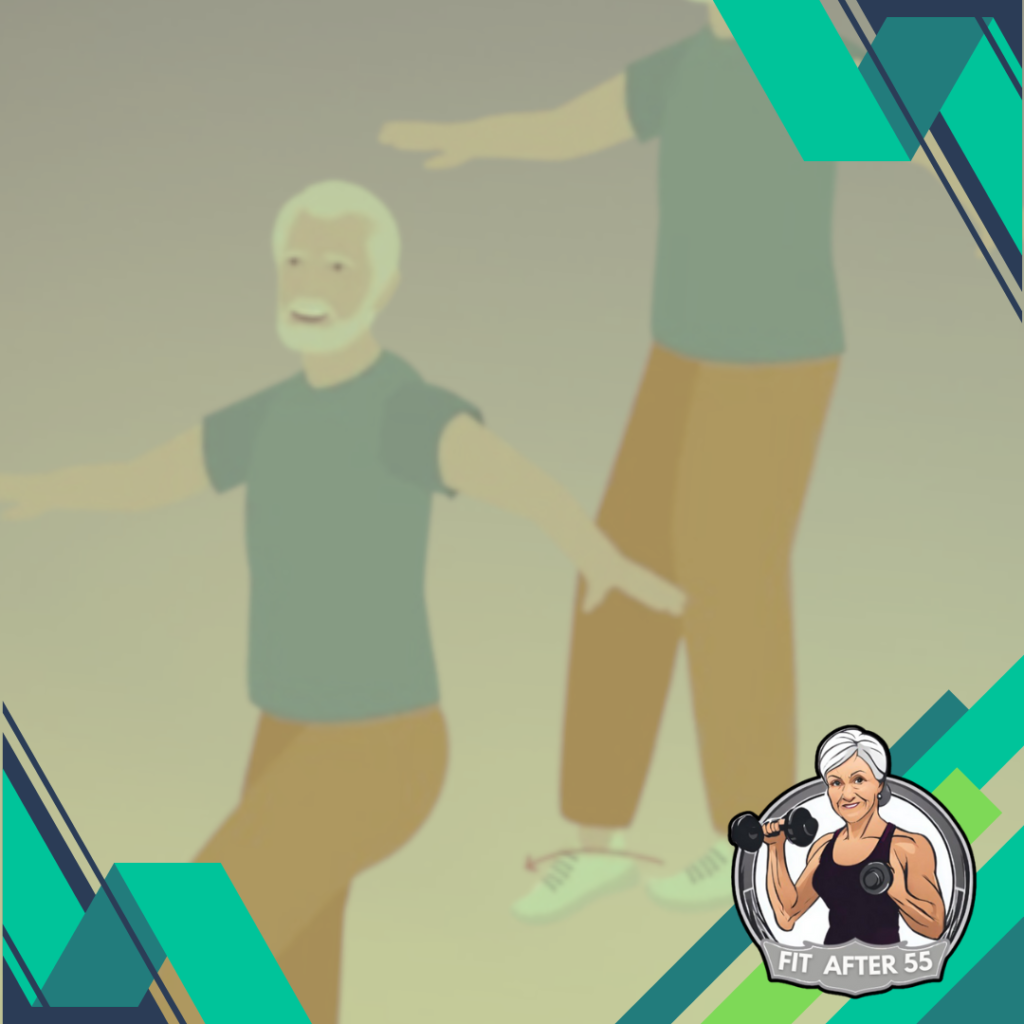
Chair Squats
Chair squats are up next. With a chair behind you for safety, lower your body as if you’re about to sit, then stand back up. You can use your arms for balance or to make the squat easier. Don’t worry too much about how low you go; focus on the up and down movement.
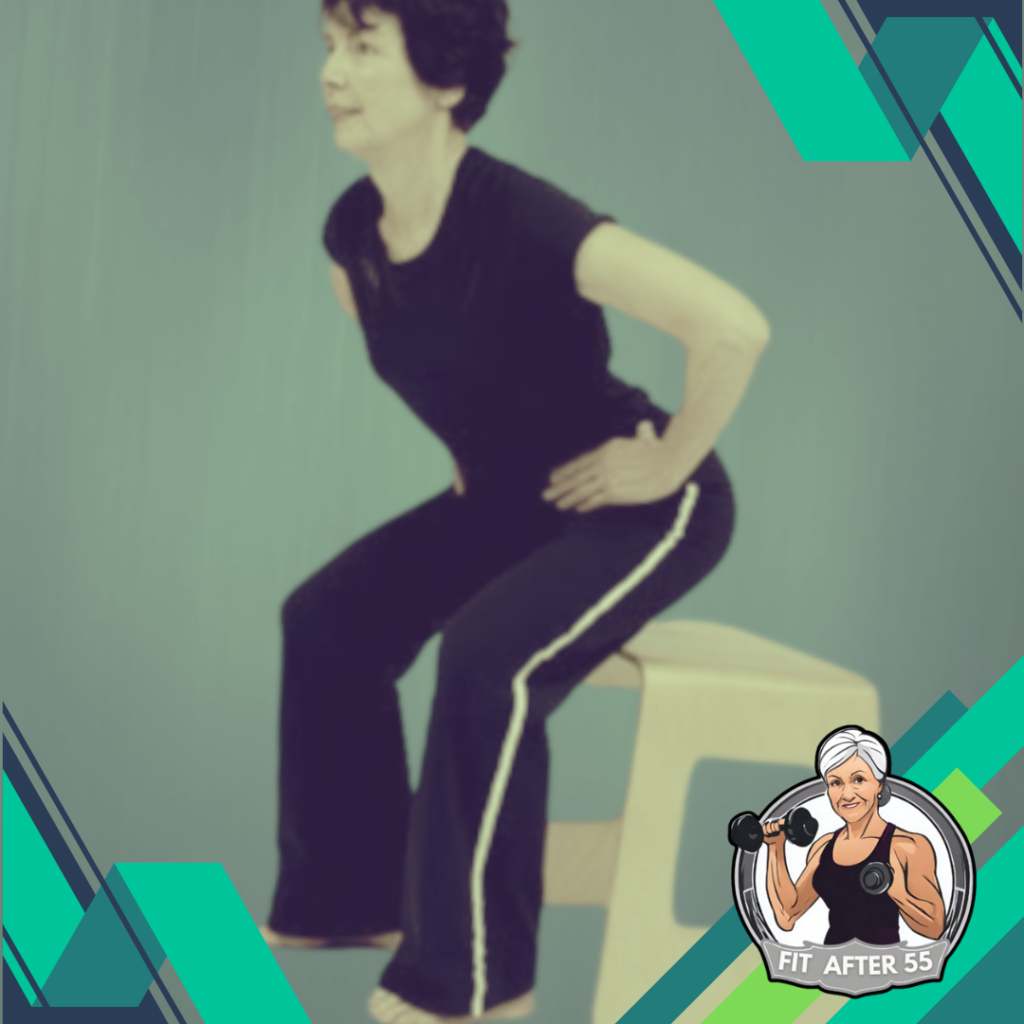
Wall Push-Ups
Lastly, wall push-ups are a gentle way to build upper body strength without putting too much pressure on your joints. Face a wall, place your hands flat against it, and perform a push-up. This exercise can be done almost anywhere and will become a staple in your routine.
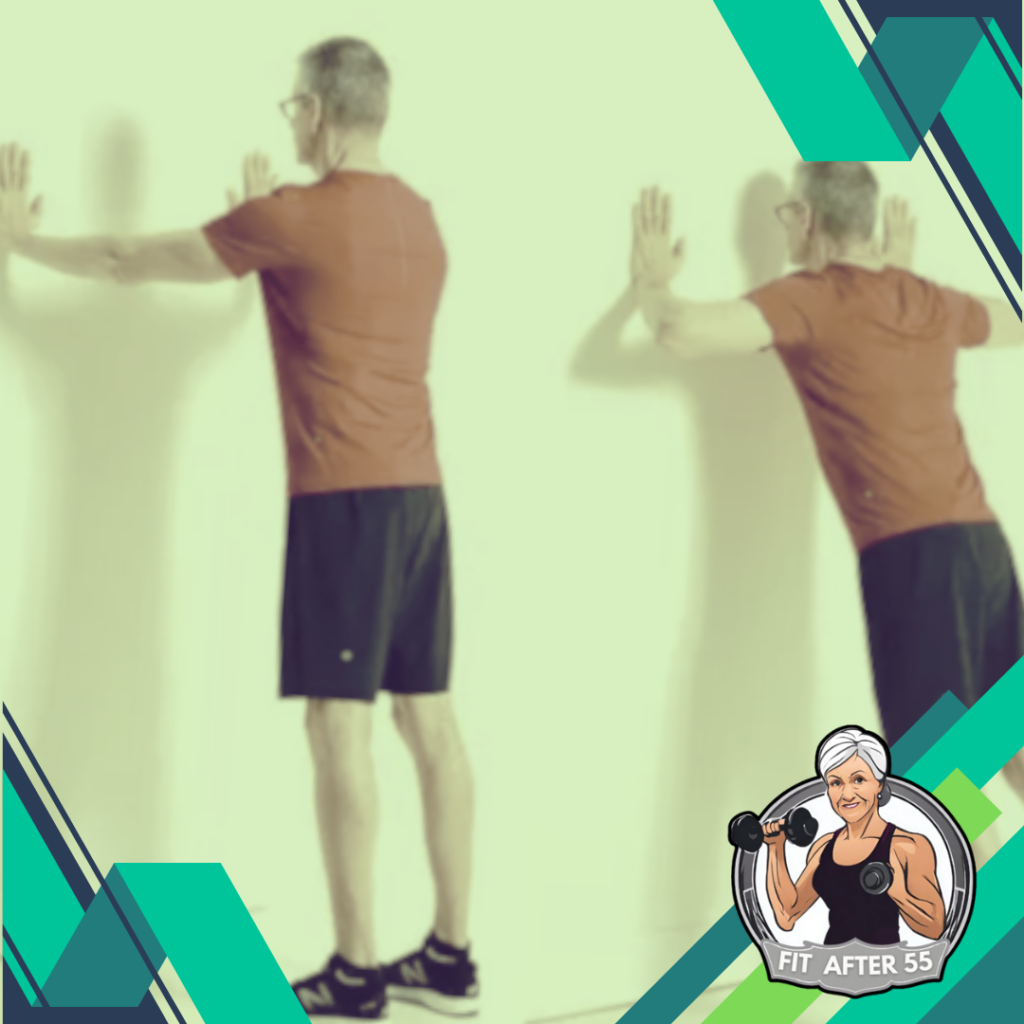
Adapting Balance Exercises for Different Levels of Mobility
It goes without saying that every senior’s level of mobility is unique, so there’s no one-size-fits-all approach. It’s essential to tailor any exercise program to the individual’s abilities and limitations. Here’s how you can tweak balance exercises to accommodate various mobility levels, ensuring they are both safe and effective.
Improving Balance While Using a Wheelchair
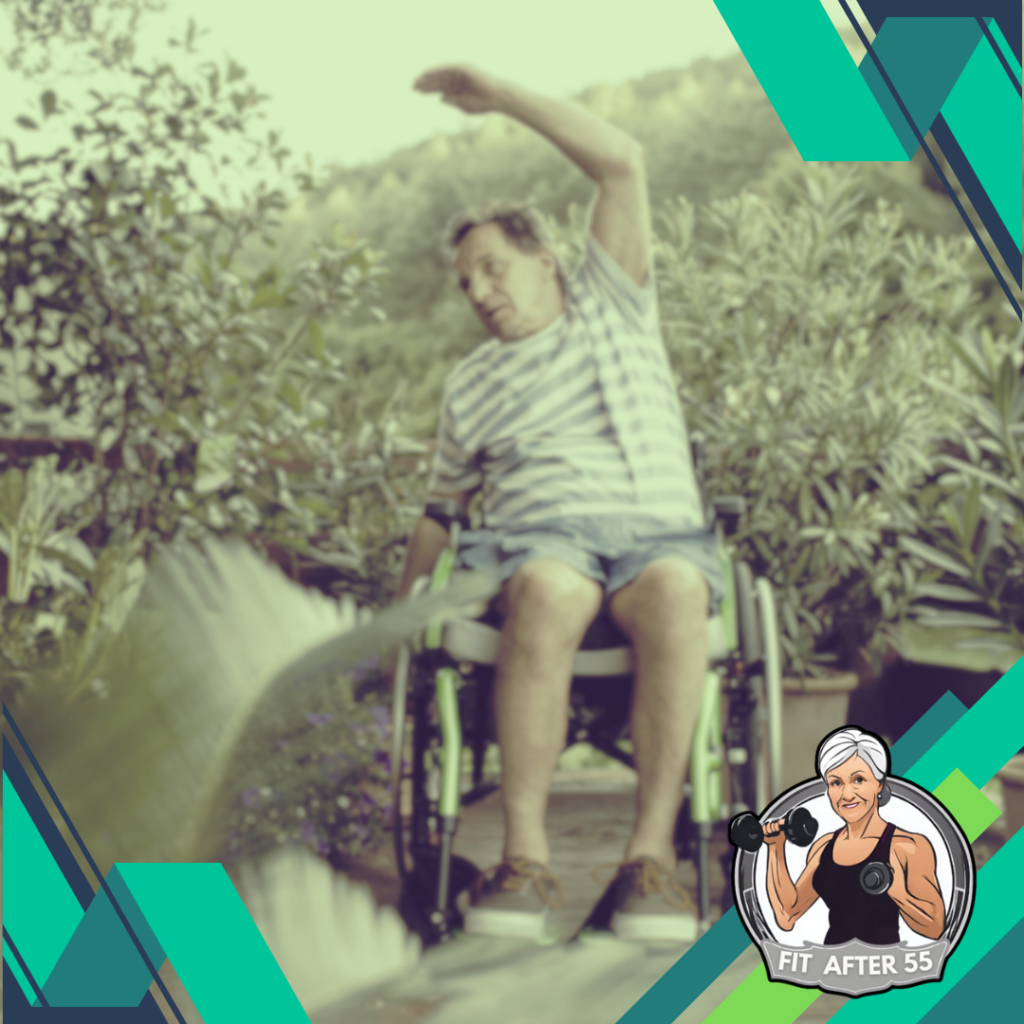
This table summarizes ways to improve balance for people who use wheelchairs:
| Strategy | Description |
|---|---|
| Seated Exercises | Simple exercises like seated twists and light dumbbell lifts strengthen your core and improve posture, leading to better balance. |
| Physical Therapist | A physical therapist can design a personalized exercise program to optimize your mobility and balance. |
| Occupational Therapist | An occupational therapist can suggest exercises that mimic daily movements, making them more practical and beneficial. |
| Gradual Progression | As you improve, gradually challenge yourself by performing exercises next to a sturdy surface, progressing from using two hands for support to one hand, and finally practicing without support. |
Exercise sessions don’t have to be marathons; even a slight increase in duration and intensity can lead to significant benefits. Consistency is your ally, and I encourage protecting time in your day for these exercises as you would any important appointment. It’s about building habits that stick.
Beyond the Balance: Integrating Exercise into a Senior’s Lifestyle
Balance exercises aren’t just a series of movements; they’re a gateway to a more active and engaging lifestyle for seniors with mobility issues. By weaving balance activities into the fabric of everyday life, these exercises become more than just a routine.

Embracing Group Activities
Embracing group exercises or balance-focused recreational activities not only enhances balance but also fosters social connections. Seniors can join local fitness groups or partake in community classes, merging the benefits of balance training with the joy of making new friends and sharing experiences.
A Supportive and Adaptive Approach
In my opinion, by upholding a supportive and adaptive approach to exercise, we can help seniors not only enhance their balance but also their confidence and zest for life. It’s a beautiful cycle: improved balance leads to increased activity, which in turn fuels better health and a brighter outlook on life. So choose something that resonates with you, or your loved one, and take that first step towards a balanced, vibrant future.
Tips for Integrating Balance Exercises
| Tip | Description |
|---|---|
| Join a Group | Participate in local fitness groups or community classes to enhance balance and foster social connections. |
| Set a Routine | Encourage a daily exercise schedule to make balance training a natural part of everyday life. |
| Track Progress | Use a calendar or journal to track exercises and celebrate milestones to boost motivation. |
| Stay Supportive | Provide encouragement and adapt exercises to fit individual needs, promoting confidence and enjoyment. |
By integrating these strategies into daily life, seniors can enjoy the many benefits of improved balance, increased social engagement, and a healthier, more active lifestyle.
Here are other exercises you could also try:
Video Credit: @BobandBrad
Boosting Balance with Wearable Trackers

Wearable fitness trackers can be helpful companions for seniors. Some offer features like:
- Balance Metrics Tracking: Track gait stability and center of pressure for real-time feedback on your balance during exercises.
- Progress Monitoring: Monitor improvements in balance over time, keeping you motivated.
Remember, consulting a doctor before starting a new exercise program, including those using trackers, is crucial.
Balance Exercises for Seniors with Mobility Issues: A Path to a More Vibrant Life
We’ve covered a lot of ground in this article, exploring why balance exercises are so crucial for seniors with mobility limitations, along with the many benefits they offer. We delved into some simple yet effective exercises you can do at home, along with tips on adapting them to your specific needs and integrating them into your daily routine.
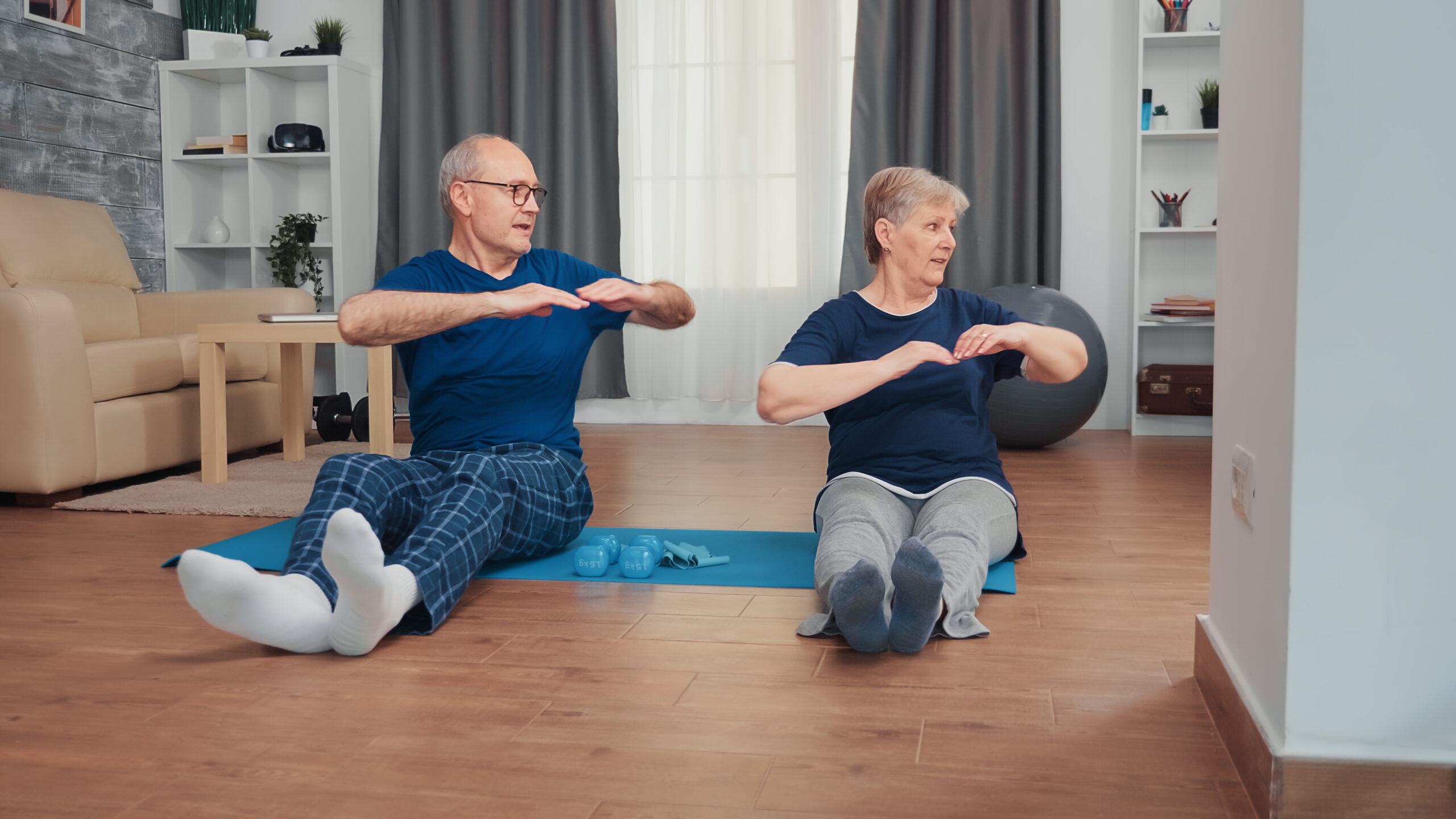
Remember, consistency is key! By incorporating these exercises regularly, you’ll be well on your way to improved balance, increased confidence, and a renewed zest for life. So why not give them a try? You might be surprised at the positive impact they can have on your overall well-being.
Thank you for reading! I wish you all the best on your fitness journey. Stay active, stay strong, and keep living life to the fullest!
Frequently Asked Questions (FAQs)
Why are balance exercises important for seniors?
Balance exercises help improve stability and coordination, reduce the risk of falls, and enhance overall mobility, allowing seniors to maintain their independence and quality of life.
How often should seniors perform balance exercises?
Seniors should aim to do balance exercises at least 3-4 times per week. Consistency is key to seeing improvement in stability and strength.
Are there specific exercises that are safe for seniors with mobility issues?
Yes, exercises like seated leg raises, upper body twists, heel-to-toe stands, chair squats, and wall push-ups are effective and can be safely done at home with minimal equipment.
How can seniors ensure they are performing balance exercises safely?
Consult a doctor or physical therapist before starting, create a hazard-free exercise area, use supportive equipment like chairs or walkers, and start slowly, increasing intensity gradually.
Stay Fit & Find Your Tribe After 55!
Looking for senior-friendly fitness tips, engaging content, and a supportive community? Look no further!
Fit After 55 is your one-stop shop for everything related to senior fitness. We offer:
- Easy-to-follow exercise routines
- In-depth product reviews
- A vibrant community of seniors and fitness enthusiasts
Join us and take control of your health and well-being!
- Visit our website: fit-after-55.com
- Like us on Facebook: [https://www.facebook.com/profile.php?id=61557390788711](Join our Facebook community)
Read More

